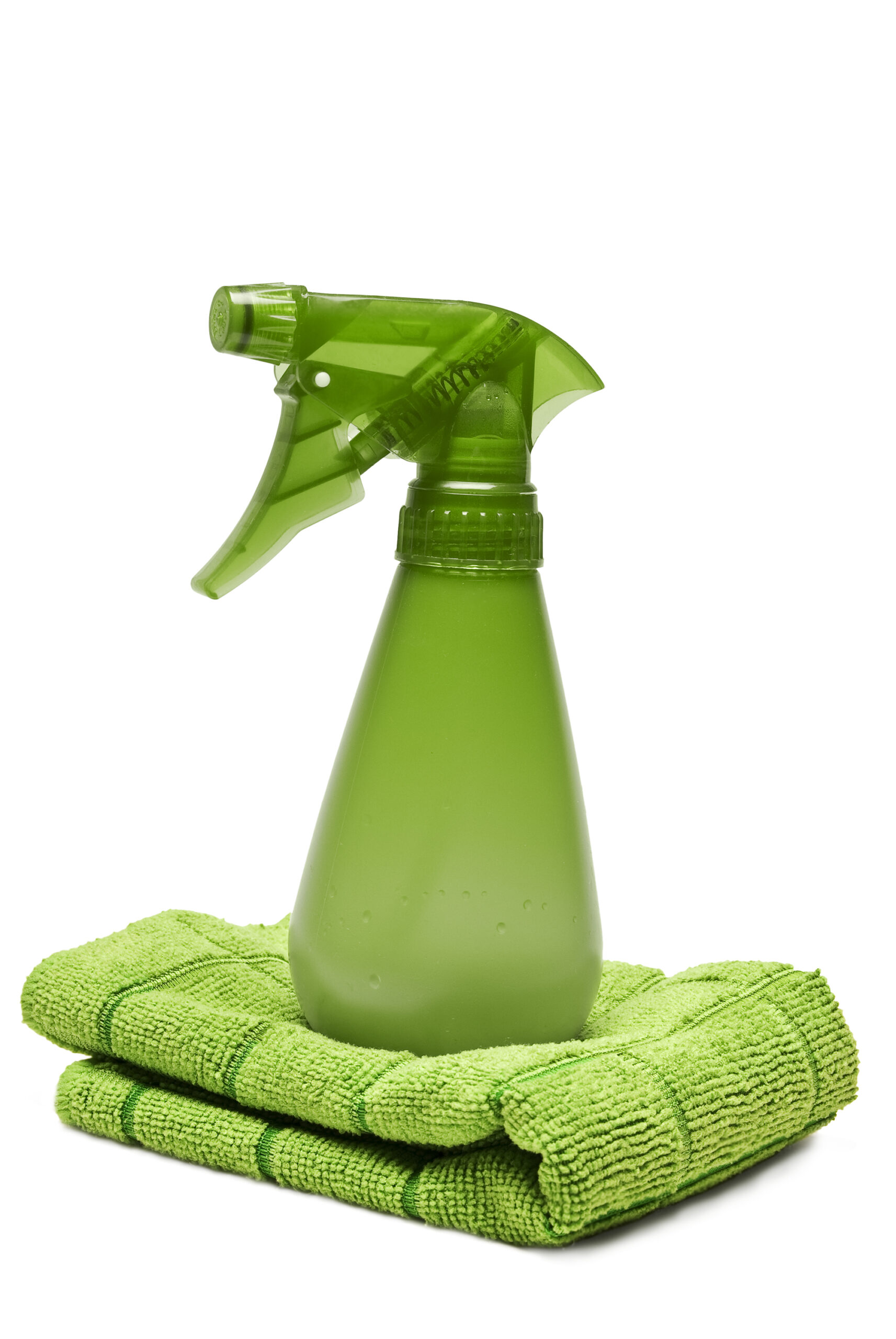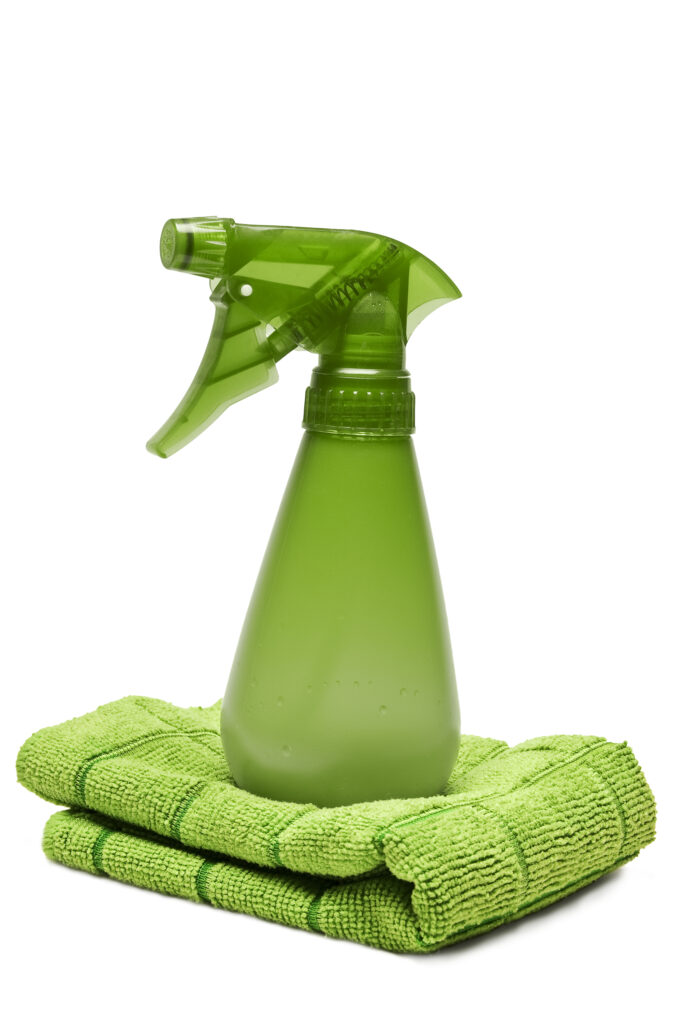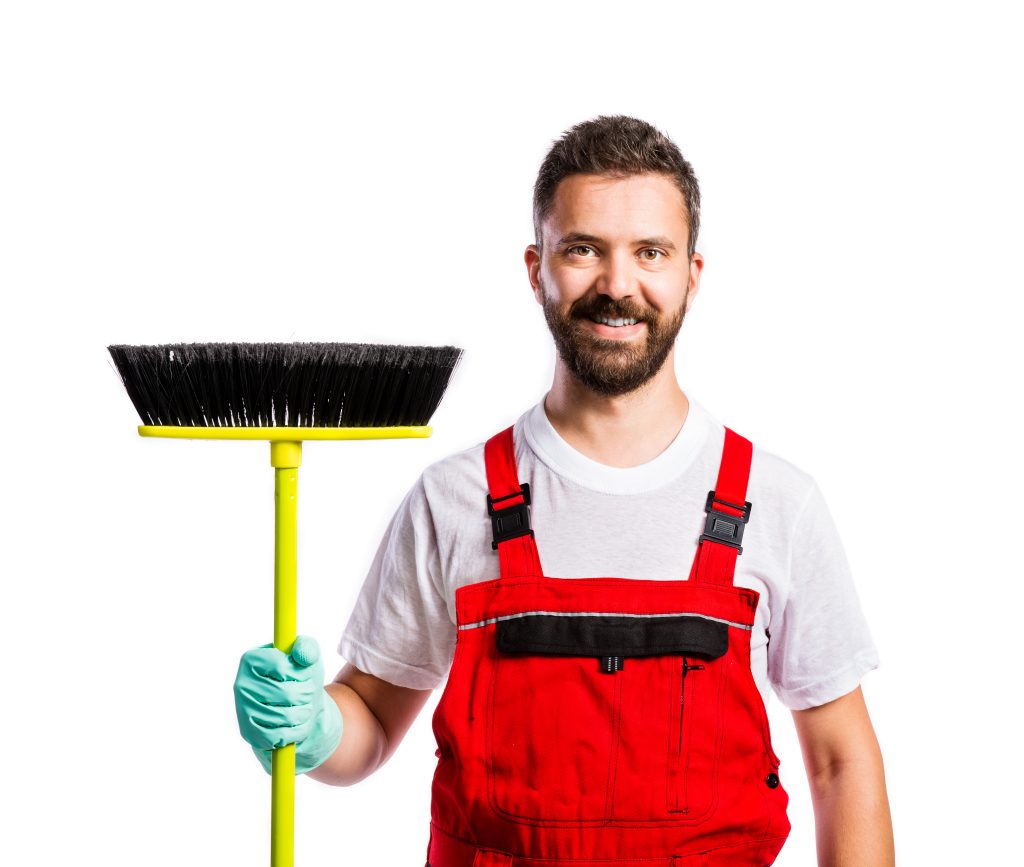Posted on August 20, 2021 by John Doe
Introduction to Post-Pandemic Cleaning Protocols
The pandemic has taught us many lessons about hygiene and cleanliness. One of them is that we need to update our cleaning standards to stay safe from infectious diseases like COVID-19. The virus can survive for days or even weeks on surfaces, making it essential to disinfect frequently touched areas regularly. This article will provide you with an overview of post-pandemic cleaning protocols and why they are important.
Importance of Updated Cleaning Standards
COVID-19 has shown us how quickly a disease can spread through contact with contaminated surfaces. According to the Centers for Disease Control and Prevention (CDC), cleaning and disinfecting commonly touched surfaces is one of the most effective ways to slow the spread of respiratory illnesses like COVID-19. By following updated cleaning standards, you can reduce your risk of getting sick and prevent others around you from becoming infected as well.
Common Areas for Disinfectant and Sanitizer Use
There are several common areas where disinfectants and sanitizers should be used regularly during the pandemic. These include door knobs, light switches, countertops, faucets, telephones, computer keyboards, and other frequently touched objects. It’s also crucial to clean and disinfect high-traffic areas such as elevators, stairwells, lobbies, restrooms, and break rooms.
How Often Should You Clean?
According to the CDC, frequent cleaning and disinfection of these areas is critical to reducing the spread of viruses. They recommend cleaning and disinfecting all hard surfaces daily, including floors, walls, ceilings, furniture, fixtures, and equipment. Additionally, any surface that comes into direct contact with people should be cleaned and disinfected at least once per day.

Best Practices for Deep Cleaning
Deep cleaning involves removing dirt and debris from carpets, rugs, upholstery, and mattresses. During the pandemic, deep cleaning becomes more significant because dust mites, pet dander, pollen, and mold spores can trigger asthma attacks and worsen respiratory conditions. To ensure thorough cleaning, follow these best practices:
1. Vacuum thoroughly before using steam or wet cleaning methods.
2. Use hot water extraction method for carpet cleaning.
3. Apply a disinfectant solution after vacuuming upholstered furniture.
4. Replace air filters monthly.
5. Wash bed linens and pillowcases weekly.
Personal Protective Equipment (PPE) Recommendations
When performing cleaning tasks, personal protective equipment (PPE) is necessary to minimize exposure to potentially hazardous substances. PPE includes gloves, masks, goggles, boots, and coveralls. Choose PPE based on the task being performed and the level of protection needed. For example, when handling chemicals, wear gloves made of nitrile or neoprene instead of latex. And always remember to wash hands thoroughly after taking off PPE.
Frequently Asked Questions About Post-Pandemic Cleaning
Here are some FAQs regarding post-pandemic cleaning protocols:
1. How often should I change my cleaning cloths? Answer: Change your cleaning cloths every time you finish cleaning a room or area. Make sure to launder them separately from other clothes to avoid cross-contamination.
2. What type of cleaner should I use? Answer: Use EPA-registered disinfectants labeled for use against influenza A viruses. Check the label for instructions on dilution rates and contact times.
3. Can I use bleach to clean? Answer: Yes, but only mixed with water according to manufacturer’s directions. Bleach can cause skin irritation if not properly diluted.


